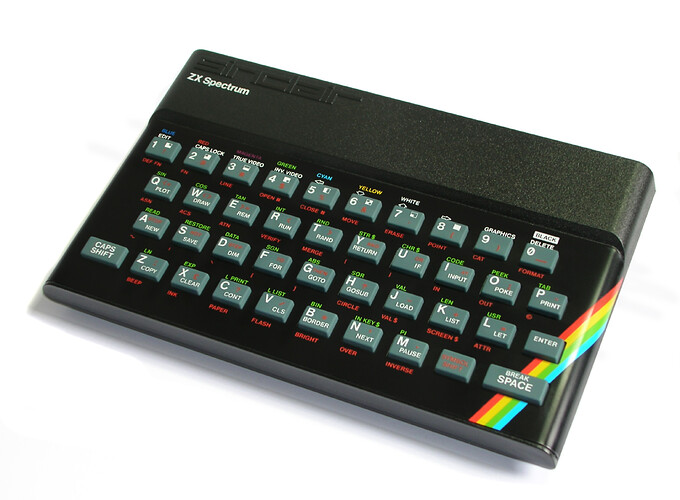Undoubtedly. 
However, I was never really a Windows user before that time. As the matter of fact, I started off with DOS on computers that were not owned by myself, and I had already decided from before I ever owned a computer that I was going to run OS/2 on it.
I bought my first computer in 1991, and it came with DOS 5.0 and Windows 3.0. I used it like that for 6 months, until OS/2 2.0 became available. I then used OS/2 for 5 years, until I needed a new computer due to problems with the onboard GPU in the one I had.
At that point in time, I had already been wanting a UNIX system — specifically, the x86 version of NeXtStep — but by that time, Steve Jobs had already returned to Apple and NeXtStep had been discontinued “as is”, with the intent of converting it into the successor to Classic MacOS.
OS/2 was dead in the water in terms of support from commercial software vendors, and my friends were all using Windows 95 (and later 98). So I knew I had to compromise, but coming from a genuine 32-bit operating system with full memory and privilege separation, I was not going to install anything based upon MS-DOS on my new computer — a Pentium II with 128 MiB of RAM. So I opted for Windows NT 4.0 Workstation instead, and I used that for 2 years, on a standalone machine, because I didn’t have an internet connection yet at that point in time.
Late 1999, I read a fairly good article about various GNU/Linux distributions in a computer magazine, which covered RedHat, Mandrake, SuSE, Caldera, TurboLinux, Debian and Slackware. Two weeks later, I was at a software shop at the nearby mall in order to buy an Encarta for my brother as a Christmas gift, and there on a shelf were RedHat, Mandrake, SuSE and Caldera OpenLinux.
From the article, I had deducted that if I were ever to go with GNU/Linux, then Mandrake seemed like the most interesting one for me.
I picked up the box, read the description and features, and I hesitated, thinking, “Why do I need two operating systems on the same computer?” So I put the box back on the shelf, but before I had made two paces, I turned around, grabbed the box again, looked at it again, and took it with me to the cashier.
Mandrake 6.0 PowerPack came with a very elaborate printed manual — with grey-scale screenshots — which covered just about everything, from the installation over to the complete manuals for vi and emacs. I read the whole thing through before installing it, and I also read all of the HowTos on the first of the 6 CD-ROMs in the box before installing it in a dual-boot alongside of NT — which required me to reinstall NT itself as well, because it was using up my whole 5.3 GiB HDD.
This was somewhere early in December 1999, and I dual-booted between NT and Mandrake for the rest of the month. I was completely taken in by the quality of GNU/Linux, the fact that I now finally had a UNIX system on my own computer, and the GPL and the philosophy behind Free & Open Source Software.
On the 1st of January 2000, NT refused to boot up, in spite of the Service Packs and the official Microsoft Y2K Pack — all of which had cost me money and a lot of patience to obtain from Microsoft itself. GNU/Linux booted up without any problems at all.
I threw NT off of my computer and gave the whole HDD to GNU/Linux. I was already exclusively running GNU/Linux for 4 months by the time cable internet became available here in town.
I’ve never looked back. 

